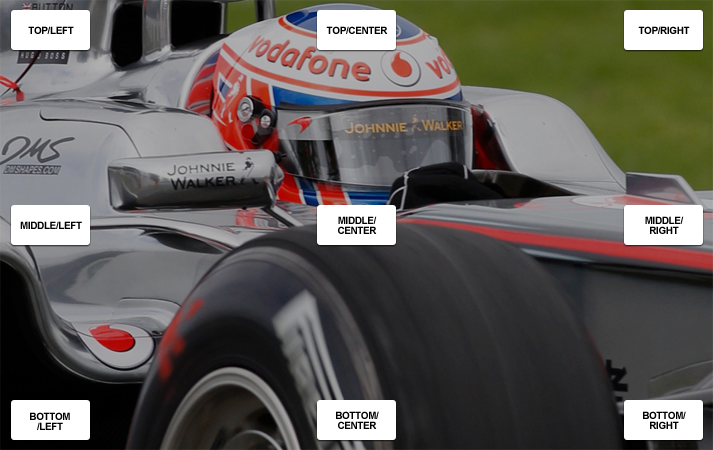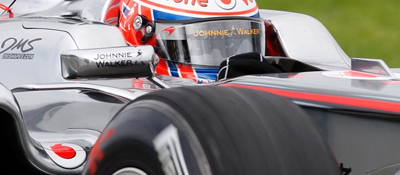Crop and Resize Algorithms¶
Note
thumbor performs the least amount of cropping possible to resize your image to the exact size you specified, without changing it’s aspect ratio.
Cropping the image¶
Before resizing the image, thumbor crops it so it has the same aspect as the desired dimensions. Let’s see an example to clarify this concept.
Consider an \(800x600\) (width x height, in pixels) image and say we want a \(400x150\) thumbnail of it. The first thing thumbor needs to do is calculate the proportion of the images:
Now that they don’t match, thumbor defines if the image needs horizontal or vertical cropping. We never crop both ways, since it’s not needed.
So, in our example to get an image of the same proportion of the target one, we need to get the picture height to be \(300px\) (using the proportional height):
Now all we need to do is cropping \(300px\) of the picture height. To determine whether to crop from the top, bottom or both we use the focal points or the horizontal alignment. If any focal points have been specified we’ll use those to find the center of mass of the image (more on that in Detection Algorithms). Otherwise we’ll use the horizontal and vertical alignments.

Let’s say that for this image no focal points were found, so we’ll use the vertical alignment to crop the height. Since we specified middle alignment for this example, we’ll crop off \(150px\) from the top and \(150px\) from the bottom of the image, similarly to this image:

Here’s an example of how thumbor would crop width or height using centered alignment:

Resizing the Image¶
Now that the image has the same proportion as the image we want, it’s just a matter of resizing it to the desired dimensions.
Flipping the Image¶
If the desired dimensions feature negative numbers, thumbor will flip them around that direction. This means that negative width specifies horizontal flip, while negative height specifies vertical flip.